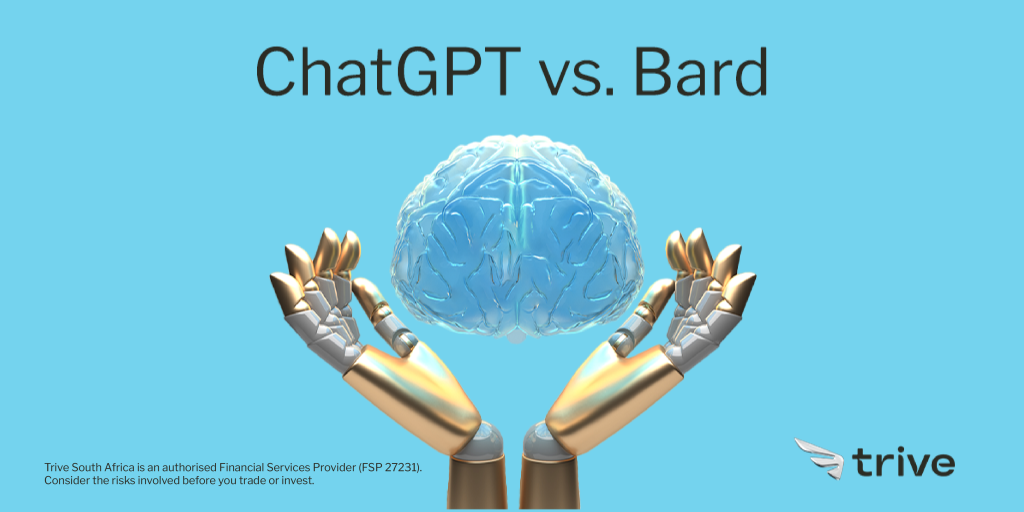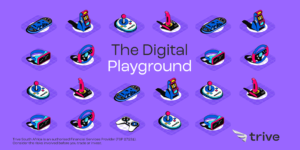
The world of artificial intelligence (AI) continues to evolve at a breathtaking pace, with new models and innovations constantly emerging. In the realm of AI-driven conversations, two names have been making waves: ChatGPT and BARD. In this blog post, we will explore the fascinating showdown between these two conversational AI giants, examining their origins, capabilities, and potential impacts on the future of human-AI interactions.
ChatGPT: The Prodigy from OpenAI
ChatGPT, developed by OpenAI, has earned its stripes as one of the most sophisticated conversational AI models in the world. It represents the culmination of years of research and development, leveraging the GPT-3.5 architecture with a staggering 175 billion parameters.
Key Features of ChatGPT:
- Natural Language Understanding: ChatGPT has an exceptional ability to understand and generate text in a coherent, human-like manner. It can converse on a wide range of topics, answer questions, and maintain context throughout a conversation.
- Contextual Awareness: This model remembers previous interactions and utilizes context to provide relevant responses. This capability enhances its effectiveness in complex and dynamic conversations.
- Multilingual Proficiency: ChatGPT boasts multilingual support, allowing it to communicate seamlessly in various languages, making it a versatile tool on a global scale.
BARD: The Rival Challenger
BARD, short for “Bidirectional Encoder Representations from Transformers with Deep Reinforcement Learning,” is a formidable competitor in the world of AI conversations. Developed by Google Research, it offers unique strengths that set it apart from its peers.
Key Features of BARD:
- Bi-Directional Capabilities: BARD is designed to understand the context of conversations better by considering both past and future parts of a text, allowing for a more nuanced and contextually aware conversation.
- Deep Reinforcement Learning: This model incorporates deep reinforcement learning techniques, enabling it to optimize its responses over time based on user feedback.
- Enhanced Controllability: BARD provides more precise control over the generated content, allowing users to specify the desired style, tone, and even the complexity of responses.
The Showdown: ChatGPT vs. BARD
While both ChatGPT and BARD are AI marvels, they have unique strengths that make them suitable for different applications. Here’s a comparative look at how they stack up against each other:
- Naturalness vs. Controllability: ChatGPT excels in generating natural and contextually relevant responses, making it a superb choice for interactive and dynamic conversations. On the other hand, BARD offers greater controllability, which is valuable for generating content with specific requirements, such as marketing copy.
- Contextual Awareness: ChatGPT boasts impressive contextual awareness, which allows it to excel in maintaining coherent conversations. BARD, with its bi-directional capabilities, also excels in understanding nuanced context, making it suitable for tasks that require deep comprehension.
- Multilingual Support: Both models offer multilingual capabilities, breaking language barriers effectively.
In the world of conversational AI, ChatGPT and BARD are two formidable competitors, each with its unique strengths and applications. ChatGPT’s naturalness and contextual awareness make it an excellent choice for interactive conversations, customer support, and educational applications. Meanwhile, BARD’s controllability and deep reinforcement learning make it a powerful tool for generating tailored content and understanding complex context. While Google Bard is already impressing users with its abilities, it’s important to note that it is still in development.
Ultimately, the choice between ChatGPT and BARD depends on the specific needs of the task at hand. As these models continue to evolve and mature, they promise to reshape the landscape of AI-driven conversations, bringing us closer to the day when humans and machines can converse effortlessly and intelligently, ushering in a new era of AI-powered communication.
Piece written by Mareike Kramper & Ayanda Sithole, Trive Copywriter
Disclaimer: Trive South Africa (Pty) Ltd, Registration number 2005/011130/07, and an Authorised Financial Services Provider in terms of the Financial Advisory and Intermediary Services Act 2002 (FSP No. 27231). Any analysis/data/opinion contained herein are for informational purposes only and should not be considered advice or a recommendation to invest in any security. The content herein was created using proprietary strategies based on parameters that may include price, time, economic events, liquidity, risk, and macro and cyclical analysis. Securities involve a degree of risk and are volatile instruments. Market and economic conditions are subject to sudden change, which may have a material impact on the outcome of financial instruments and may not be suitable for all investors. When trading or investing in securities or alternative products, the value of the product can increase or decrease meaning your investment can increase or decrease in value. Past performance is not an indication of future performance. Trive South Africa (Pty) Ltd, and its employees assume no liability for any loss or damage (direct, indirect, consequential, or inconsequential) that may be suffered from using or relying on the information contained herein. Please consider the risks involved before you trade or invest.




